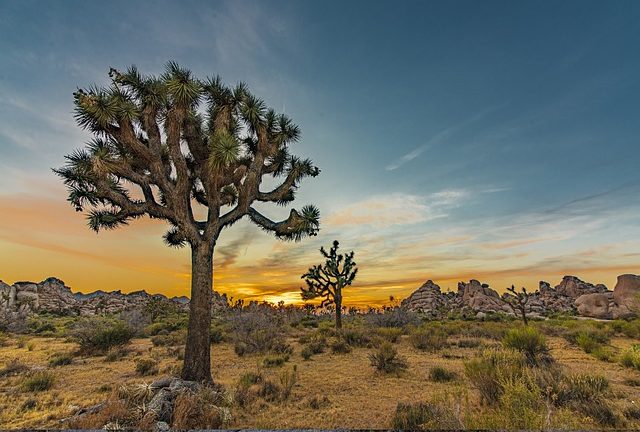
A Photographer’s Guide to the Desert Landscapes
California’s deserts offer a unique photographic playground, a landscape of stark beauty and otherworldly textures that’s unlike anywhere else Joshua Tree National Park for instance, is known for its iconic Joshua trees, bizarre rock formations, and dramatic sunsets, perfect for capturing stunning images. But beyond the well-trodden paths lie hidden gems waiting to be discovered by the intrepid photographer. This guide will equip you with the knowledge and inspiration to capture the magic of California’s deserts.
Capturing the Essence of Joshua Tree
Joshua Tree, with its otherworldly beauty, presents incredible opportunities for photographers of all skill levels. The park’s unique flora, including the namesake Joshua trees themselves, offers amazing foreground subjects against the vast desert sky. Photographers are drawn to the park’s iconic rock formations, sculpted by centuries of wind and erosion. These formations provide endless possibilities for creative compositions, from minimalist shots emphasizing lines and textures, to sweeping panoramas capturing the immensity of the landscape. Consider shooting during the “golden hour,” shortly after sunrise or before sunset, when the warm light casts long shadows and enhances the dramatic textures. Explore hidden canyons and slot canyons for intriguing light and shadow plays and unique perspectives. Don’t forget to check weather conditions before your trip; a clear sky is essential for great photos, but be prepared for extreme heat.
Beyond Joshua Tree Exploring Anza-Borrego and Other Deserts
Anza-Borrego Desert State Park, the largest state park in California, boasts an equally diverse landscape. Known for its vibrant wildflowers after winter rains, and rugged mountains, it provides a contrasting backdrop to Joshua Tree’s more stark landscape. The park’s diverse ecosystems include badlands, canyons, and washes—each offering its own photographic character. Consider exploring the park’s slot canyons, which can offer dramatic light and shadow play during the day, and stunning star-filled night skies. The unique geology of these deserts creates opportunities for abstract photography that you would struggle to find in other environments. The patterns and textures in the sand, rocks and soil can provide a rich and complex source for a variety of photographs.
Mastering Desert Photography Techniques
Desert light is challenging, shifting dramatically throughout the day. Midday sun can create harsh shadows and washed-out colors, making early mornings and late evenings—the “golden hours”—ideal for shooting. The soft, diffused light during these times enhances colors and textures, resulting in more visually appealing images. Mastering exposure compensation is crucial; use a polarizing filter to minimize glare and increase color saturation, particularly important under the intense desert sun. Experiment with different shooting angles and perspectives to play with light and shadow. Backlighting can create stunning silhouettes of Joshua trees against the setting sun.
Shooting at Golden Hour and Blue Hour
Golden hour (the hour after sunrise and before sunset) and blue hour (the twilight period just after sunset and before sunrise) offer the most flattering light for landscape photography. The soft, diffused light minimizes harsh shadows and enhances colors. This is crucial especially in desert environments where light can be incredibly intense at midday. Use this time to experiment with different compositions and perspectives.
Essential Gear and Planning Tips
Polarizing filters can significantly reduce glare and enhance color saturation, especially helpful in the bright desert sun. A wide-angle lens is ideal for capturing expansive landscapes, while a telephoto lens can isolate details and create stunning close-ups of flora and fauna. Don’t forget extra batteries—the heat can drain them quickly—and plenty of memory cards. Planning your trip around specific events, such as the super bloom in Anza-Borrego, can dramatically increase your photo opportunities. Remember that the desert environment is harsh, even in spring. Be prepared for variable weather and dress appropriately. A sturdy tripod is a must for sharp images, especially in low-light conditions.
- Always check weather forecasts and pack accordingly. Extreme heat, sudden storms, and unpredictable temperature changes require careful planning.
- Carry plenty of water and high-energy snacks. Hydration and energy are crucial for a successful photographic expedition, especially on long hikes and explorations.
- Respect the environment: Stay on marked trails, leave no trace, and be mindful of the delicate desert ecosystem.
- Consider visiting during less crowded times for a more peaceful and immersive photographic experience. Early mornings or late evenings are often less busy.
- Learn basic composition techniques to elevate your photography. Explore the rule of thirds, leading lines, and other concepts to create visually appealing compositions.
- Practice shooting in various lighting conditions to master the challenges and opportunities presented by the changing light in the desert.
Many photographers find inspiration in the work of Ansel Adams, a master of landscape photography whose black-and-white images of the American West continue to inspire generations of photographers. His focus on composition and the interplay of light and shadow is particularly relevant to desert photography, where light plays a significant role in the overall aesthetic. Ansel Adams Gallery
